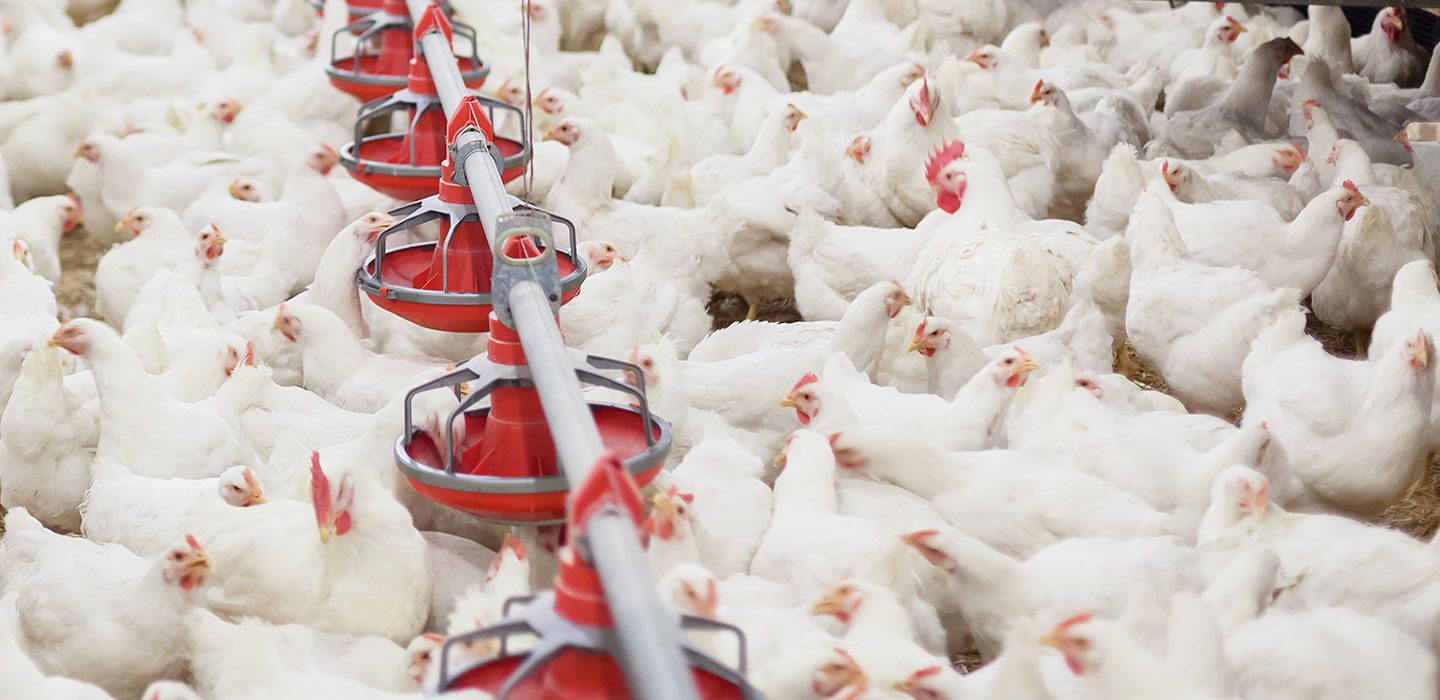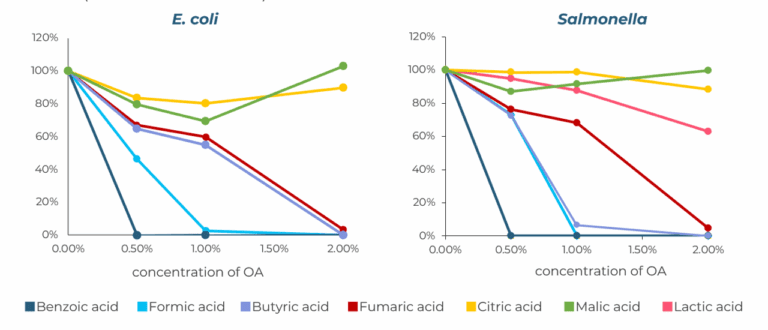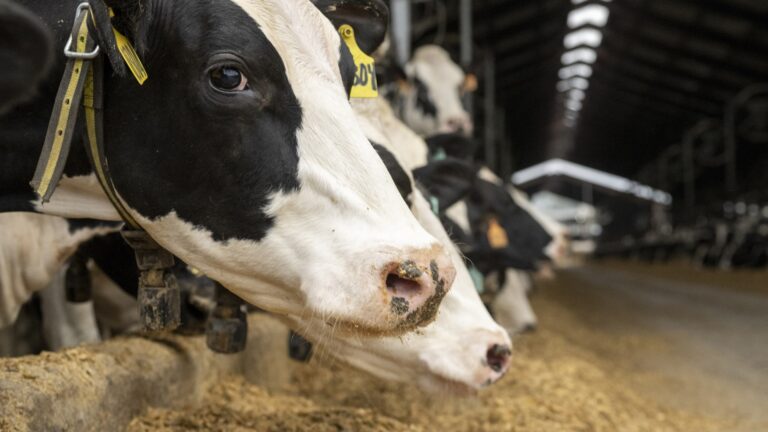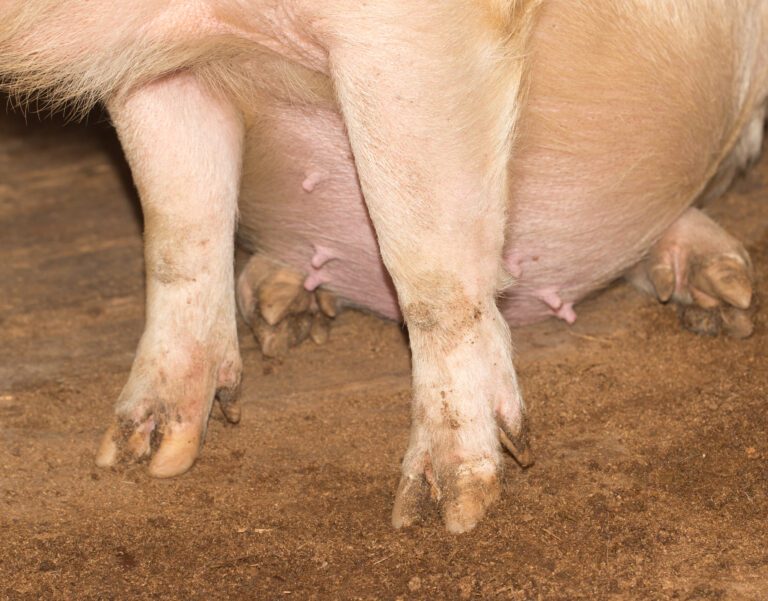Gut Health Challenges in Poultry Production: Why Microbial Balance Matters

Poultry producers are under constant pressure to deliver high-performing flocks in an increasingly complex production environment. Among the many challenges they face, maintaining gut health in birds has emerged as a critical opportunity to optimize growth, ensure food safety, and improve profitability.
Common Gut Health Issues in Poultry
Gut health is the cornerstone of overall bird health as it directly impacts feed conversion, growth rate, mortality, and uniformity. Unfortunately, many poultry producers regularly encounter gut health issues such as:
- Necrotic enteritis: Caused by Clostridium perfringens, leading to damage of the intestinal lining, poor nutrient absorption, and wet litter.
- Coccidiosis: This parasitic disease, triggered by Eimeria species, causes inflammation and severe diarrhea.
- Dysbiosis: An imbalance of gut microbiota, dysbiosis can result in digestive inefficiencies, increased pathogen load, and susceptibility to secondary infections.
These conditions often overlap, compromising flock performance, elevating treatment costs, and putting long-term profitability at risk.
The Role of Gut Microbiota Balance
As there’s no way to eliminate all the “bad” bacteria in the gut, a balanced gut microbiota, identified as the right proportion of beneficial and pathogenic bacteria, is essential to achieving optimal gut health. Beneficial bacteria like Lactobacillus and natural butyric acid producers (e.g., Clostridial Clusters IV and XIVa)1 play a pivotal role in modulating immune responses, improving nutrient absorption, and suppressing harmful pathogens like E. coli, Salmonella, and Clostridium perfringens.
When the microbiota is disturbed, as is common during feed transitions, environmental stress, or subclinical infections, birds become more prone to performance loss. Producers must therefore adopt strategies that not only treat symptoms but also restore and maintain bacterial balance within the gut.
Supporting Gut Health through Nutrition
Many organic acid options exist to help support gut health, each claiming the ability to inhibit the growth of gut-harming bacteria. While different types of organic acids do as they claim, the extent of success varies. For instance, research shows an organic acid’s ability to inhibit E. coli and Salmonella depends on the pH of the gut and where the organic acids work (Figure 1). Research shows benzoic acid has a higher pKa (a way of measuring how weak or strong an acid is), which results in a stronger antibacterial effect in high to neutral pH (like from the small intestine to the colon). This is why benzoic acid at a lower concentration was able to show better results.
Figure 1.
Schasteen, 2005, Novus Internal Research
The research shown in Figure 1 demonstrates that benzoic acid works efficiently with less inclusion than other organic acids.
Recognizing the power of benzoic acid, NOVUS created a protected benzoic acid through its Premium Blend Technology. The benzoic acid is embedded in a fat matrix to ensure gradual release throughout the intestinal tract, particularly in the hindgut where pathogenic bacteria thrive10.
Research shows that birds fed this protected solution saw:
- Lower pathogen load2-4: Reductions in E. coli, C. perfringens, and Salmonella counts were observed in both commercial and controlled studies.
- Increased beneficial bacteria5-6: Higher populations of beneficial bacteria Lactobacillus spp. and natural butyric acid producers, key indicators of a balanced gut environment.
- Improved performance 7: Up to 11.27% higher body weight, 5.7 points improved feed conversion ratios, and better performance than the control group.
- Drier litter and lower footpad scores8-9: Reduced incidences of diarrhea and wet litter, supporting improved footpad health and overall welfare.
Making gut health a priority is a strategic imperative for poultry producers. By focusing on microbial balance and intestinal integrity, producers and nutritionists can see measurable changes in bird performance. Click here to learn more.
References
- Van Immersel, F. et al., 2006; Brockotter F. Keller S. et al., 2013
- Yousaf, A., S. A. Khan, and P. S. Hutapea. 2017. Effects of PROVENIA® on gut microbial balance in broiler chickens. Br. Poult. Sci. Poster presented at ESPN, Berlin, Germany.
- NOVUS International. 2015. Commercial trial on ileal microbiota balance using PROVENIA® Feed Solution. Italy. Data on file.
- NOVUS International. 2013. Field trial: Weekly Salmonella contamination in broiler environment with PROVENIA® Feed Solution. Spain. Data on file
- Berlin University. 2012. Poster presented at ESPN, Germany, 2013. Effects of PROVENIA® Feed Solution on gut lactic acid bacteria populations in broilers. Br. Poult. Sci. Poster presentation.
- Yousaf, A., et al. 2017. Influence of PROVENIA® Feed Solution on butyric acid-producing bacteria in broilers. Br. Poult. Sci. Berlin, Germany.
- NOVUS International. Efficacy trials in broilers conducted at University of Warmia and Mazury, Poland (2016), and Roslin Nutrition Institute, Edinburgh, UK (2010). Data on file.
- NOVUS International. 2010. Footpad dermatitis scoring in PROVENIA® trials. VFL, Denmark. Data on file.
- NOVUS International. 2013. Commercial footpad trial. Czech Republic. Data on file.
- NOVUS International. 2007. In vitro assessment of benzoic acid release profiles in the digestive tract. Internal research. Data on file.

Intelligent Nutrition for Your Business
More science. More insight. More inspiration. More ways for you to feed the world.





